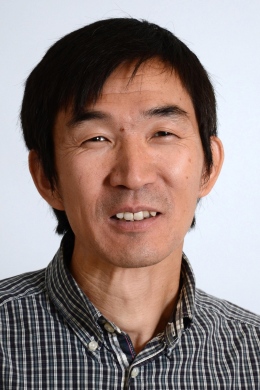
Xiangjia Min, an assistant professor of biological sciences at Youngstown State University, is performing research that may have wide-reaching benefits for many fields of science, including pharmaceuticals and cancer research.
Bioin formatics focuses on the methods used to store, retrieve and analyze biological data.
Through several research grants from the Ohio Plant Biotechnology Consortium, Min is able to study secretomes in plants and fungi.
A secretome is a type of protein that is created within the cell, but is secreted for use outside of the cell.
Min said he hopes to use his extensive computer skills to build a database on secretome proteins. The database will be accessible online for use by scientists across the globe.
“It is very central to a lot of things we are doing,” said Gary Walker, chair of the biological sciences department at YSU. “We are going to be doing a lot of very exciting stuff in our department.”
Although secretomes may appear to be of minimal importance, they play a key role in the cell wall structure and cellular communication. Scientists’ understanding of these proteins brings them one step closer to understanding the mystery of human biology.
Min and his graduate assistant, Gengkon Lum, collect data on various proteins from databases in Europe, Japan and the U.S. They then analyze the proteins and pick out the secretomes to create their own unique database.
“He develops algorithms that go data mining for these proteins,” Walker said, referring to Min. “He develops software that will go and search for very specific characteristics in protein sequence that indicate it might be a secretome protein.”
Data on these proteins can be used for advancement in several fields. For instance, Min’s research has already been used by a papaya research group in California led by Ray Ming, an associate professor of plant biology at the University of Illinois at Urbana-Champaign, along with several other professors throughout the country.
Research was conducted to help find a way to reliably create a self-pollinating hermaphroditic papaya. Min, who was brought into the study by his friend Ming, brought his expertise on plants into the study, along with his research.
“We used the tools and resources Dr. Min developed at YSU for papaya sex chromosome work. He helped us analyze the repetitive sequences, and alternative splicing of annotated genes,” Ming said. “His contribution provided the clarity of genomic features of papaya sex chromosomes.”
Min said he hopes to expand his research within the next year and build a database that includes secretome proteins found within animals.
“If we aren’t limited, we have a computer that can do any sort of data,” he said.